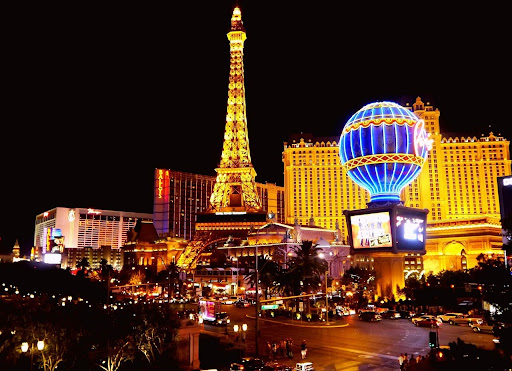By Atlas Novack and Jennifer Eden
Midnight Tuesday saw thousands descend on Santa Monica Pier despite everything being closed and the attractions shut-down for the evening. Their mission? To catch Pokémon.
With eyes glued to their phones, eager Pokémon Go players are flocking to Santa Monica at all hours of the day and night in an effort to catch highly-sought after fictitious creatures and move their way up in the game.
“We came all the way from Long Beach,” 17-year-old Val told The Mirror. “We heard the Pier has rare Pokémon like Electabuzz and Dratini, stuff you can’t find where we are.”
Santa Monica is a hot ticket in the world of Pokémon Go, brimming with PokéStops, and rare Pokémon.
“I hadn’t heard of this game until my son told me,” said Santa Monica local Jerry O’Neal (43), “but we’ve had a great time together hunting for these things, and it’s even getting him to go outside!”
Pokémon Go is an augmented reality (AR) version of the popular games, which debuted in the 1990s with Pokémon Red and Blue. It’s a mobile app using a smart phone’s camera that allows you to capture little critters, which are projected on the background of whatever is in front of you. The more you capture, the more experience points you get, and the cooler you become.
Looking at the Pier or even the Promenade you can spot droves of anywhere from two to 10 people at a time, alternating between looking at their phones and walking with purpose, trying to get the Pikachu (a Pokémon character) that’s 300 yards away.
The game features different Pokémon of different “types” based on the geographic location of where the player is, and that is what makes the destination of Santa Monica interesting.
At the Santa Monica Pier, you can find a lot of water-type Pokémon due to the ocean, as well as electric-types, due to the attractions such as the Ferris wheel or the roller coaster. By contrast, adjacent wooded areas like a park, spawn bug and grass-types.
Certain landmarks, called PokéStops, allow players to pick up items by swiping the screen as they get close to it. Often time stops can be major landmarks, but they also feature a lot of street art.
This encourages travel in order for the player to get more items and experience, but also sometimes allows the player to catch more Pokémon, because players can drop what are called lures, which causes a PokéStop to rain cherry blossoms on the character’s screen.
The downside: there have been incidents of people dropping a lure on a remote PokéStop, and then mugging people as they come to get their items and Pokémon, much like a predator.
The negatives aside, with new features added regularly, and the game grossing on average $1.6 million a day, Pokémon Go may be here to stay. It’s getting young people to go outside, form alliances and friendships, and perhaps even restoring a sense of community in an at-times, fragmented gaming world.





















